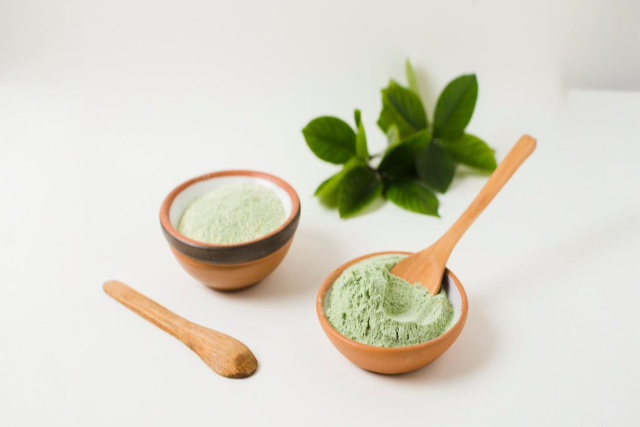
With consumer trends moving towards healthier and more natural choices, the stevia industry has shown massive growth. The need for low-calorie, plant-based sweeteners that have the sweet taste of sugar but don't come with a health price tag has put stevia in the spotlight. Stevia, derived from the leaves of the Stevia rebaudiana plant, is a zero-calorie sweetener that is many times sweeter than sugar, making it a popular choice in the food and beverage industry. Let's dive into some of the recent developments and trends shaping the stevia industry.
Expanding Applications in Food and Beverages
The flexibility of stevia as an ingredient is at the basis of its inclusion in an increasing number of food and beverage products. From soft drinks and juices to dairy products, confectioneries, and even baked goods, manufacturers rely more and more on stevia as a major component. The appeal of stevia is clear—it provides sweetness without the calories or the blood sugar spikes associated with traditional sugar.
As a result of the increasing demand for sugar substitutes, the world's leading beverage companies increasingly add stevia to the portfolio. Coca-Cola, PepsiCo and Nestlé are in the vanguard by providing low calorie/sugar free versions, sweetened with stevia. For instance, Coca-Cola's Stevia-containing Coca-Cola Life has been a consumer hit for those looking for a "healthier" soda drink. Not only is this trend extending to sodas, but it is also coming to energy drinks, flavoured waters, and even alcoholic drinks.
Innovations in Stevia Extraction and Taste Profiles
Since stevia has a long history as a natural sweetener, its aftertaste-frequently reported as bitter or licorice-like-has been a roadblock to stevia popularity. Recent improvements in processes of stevia extraction and stevia refinement have altered its gustatory profile and made it more acceptable to consumers.
Current developments are directed at improving steviol glycoside extraction, the active ingredient that confers sweetness to stevia. The authors have also been developing methods for the selective isolation of certain glycosides (e.g., rebaudioside A which has a smoother sensory profile and less aftertaste). These developments enable manufacturers to produce steviol-based products which taste as sweet as sugar, but without a trade-off in sweetness. Indeed, there are stevia blends now, almost as good as sugar that are very attractive to health-oriented or even taste-oriented eaters.
Sustainability and Environmental Benefits
The low environmental impact stevia plant has a third level of attractiveness. In contrast to sugar cane or corn, an exhaustive resource use of water, land and pesticide is required to grow stevia as a drought-resistant plant, it is cultivated with minimal resources. This has put stevia in a more sustainable position than conventionally produced sugar, i.e., a resource-dependent one.
With the expanding number of environmentally aware global population, people around the world are looking for products that have a minimum environmental footprint. Stevia, whose low environmental footprint and natural origin make it a good fit within this demand for environmental friendly and sustainable products. For this reason, various companies are promoting stevia-based products as a "green" sugar substitute, using environmental advantages in their communication.






